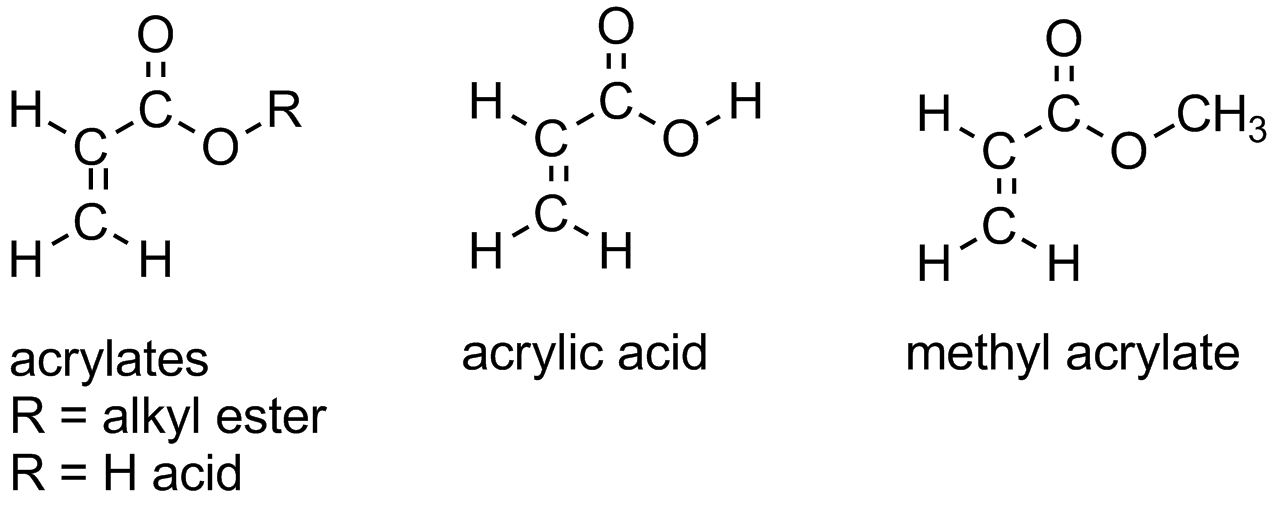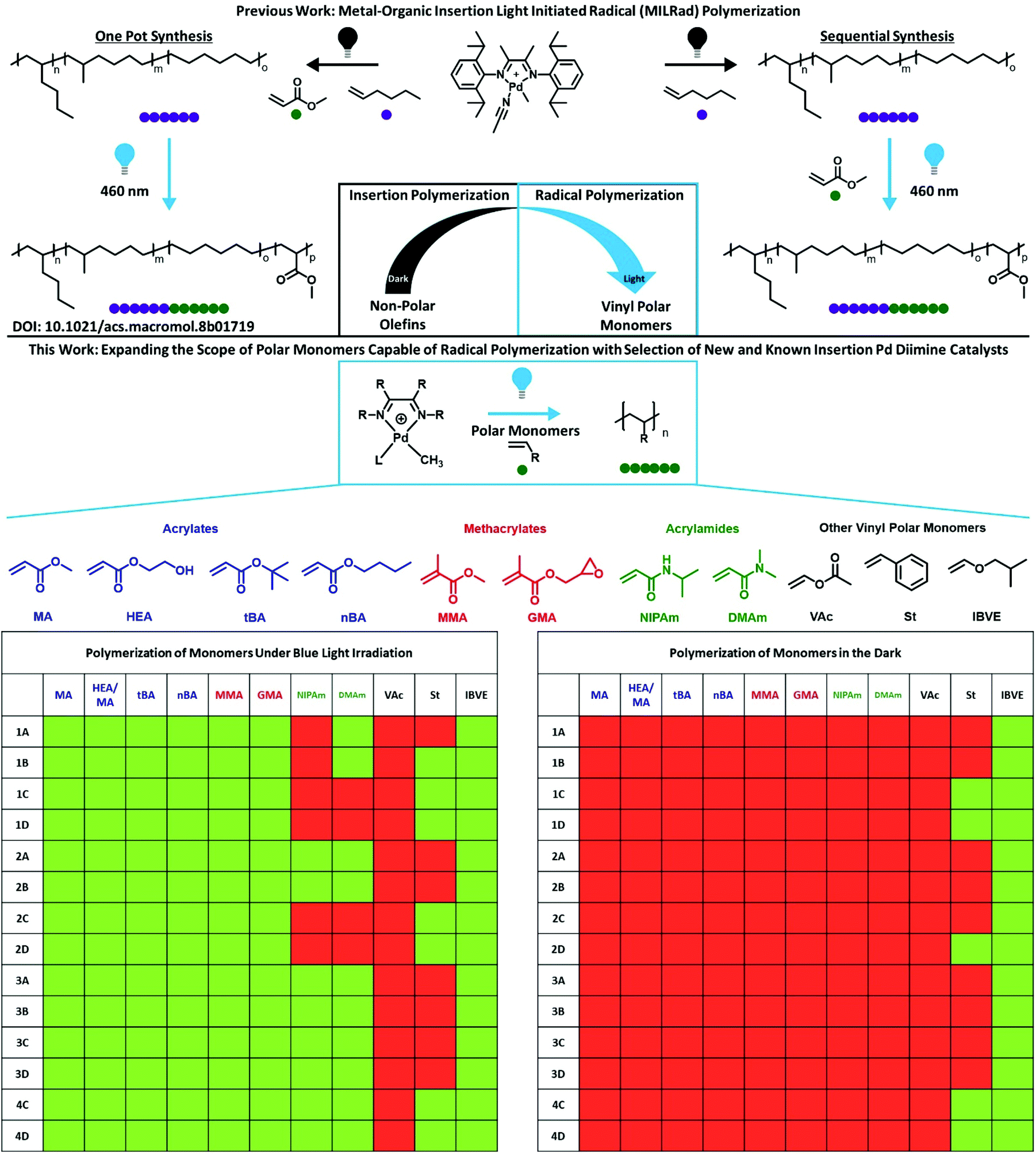This review highlights the challenges associated with conventional polymerization systems and evaluates the most relevant methods which have been developed to bridge the gap between polar vinyl monomers and olefins.
Polar vinyl polymers.
Research over the past 20 years has greatly advanced the copolymerization of polar vinyl monomers and olefins.
The polymerization of polar vinyl monomers in the presence of lewis acids produces stereoregular vinyl polymers.
With both permanent and removable adhesive options polar polymeric self adhesive vinyl maximises adhesive performance and durability on a wide variety of substrates.
More polar polymers for example nylons 6 and 6 6 are able to interact well with fillers even in the absence of coupling agents.
Polymers that are crosslinked by peroxide or other means are among the easiest with unsaturated groups such as vinyl or methacryl being adequate.
Crystallization in films of polar vinyl polymers i.
Polar vinyl monomers may be mixed with lewis acids to form associations or complexes between the monomers and lewis acids.
The mixtures or monomer lewis acid complexes may be polymerized to produce the desire stereoregular vinyl polymers.
Crystallinity of polyvinyl alcohol films prepared by evaporation of aqueous solutions a.
Nerurkar chemistry department west ham college of technology london e 15 received 12 march 1968 abstract the development of crystallinity in polyvinyl alcohol films prepared by controlled evapora tion of aqueous solutions has been studied.
The printable vinyl has a very high opacity giving it a consistent printing surface with sharp colours and bright whites.
This review highlights the challenges associated with conventional polymerization systems and evaluates the most relevant methods which have been developed to bridge the gap between polar vinyl monomers and olefins.


























